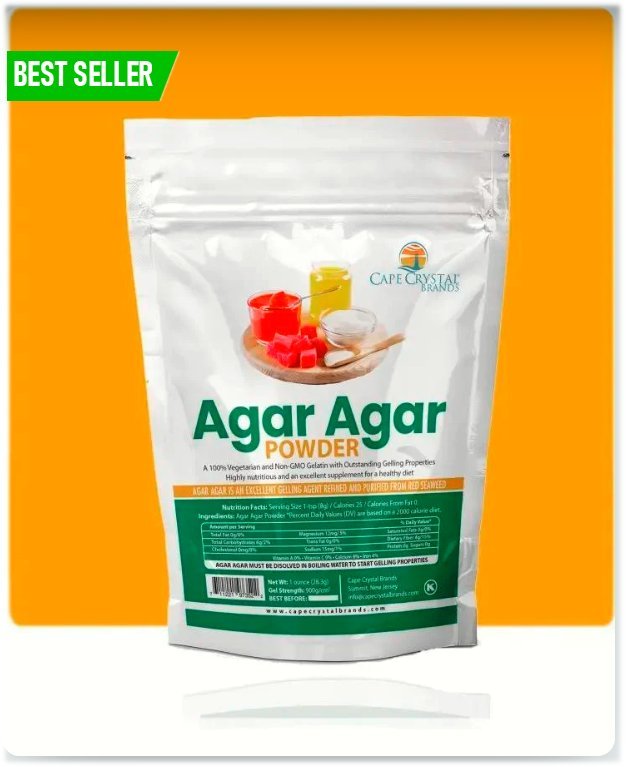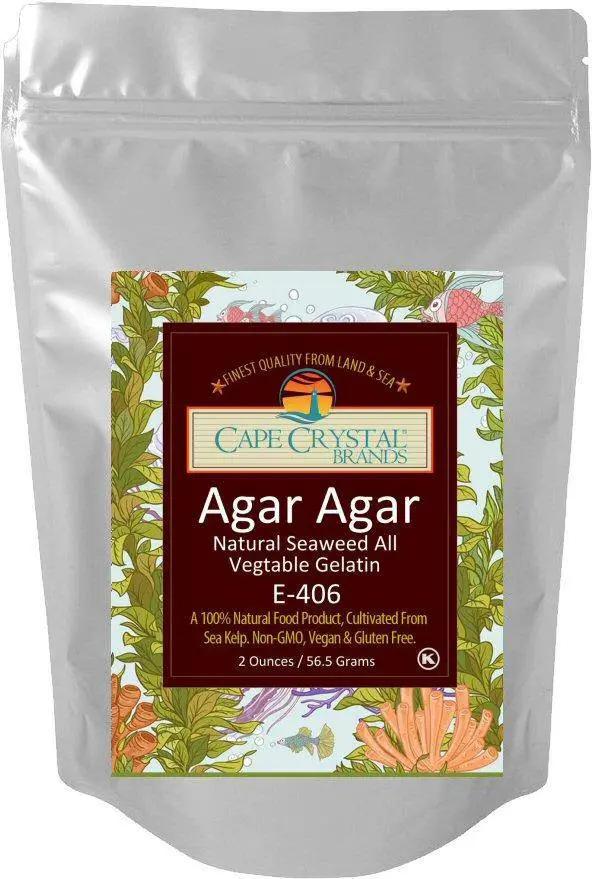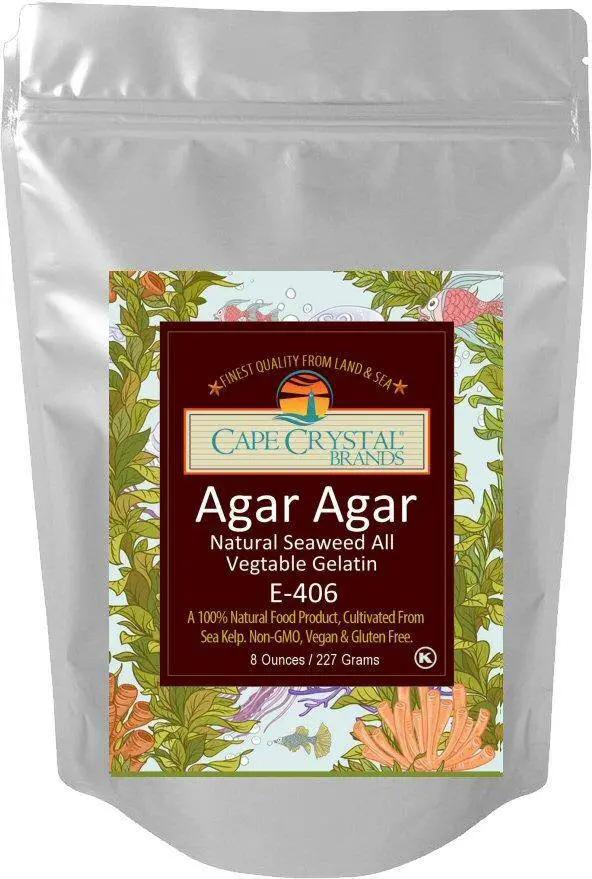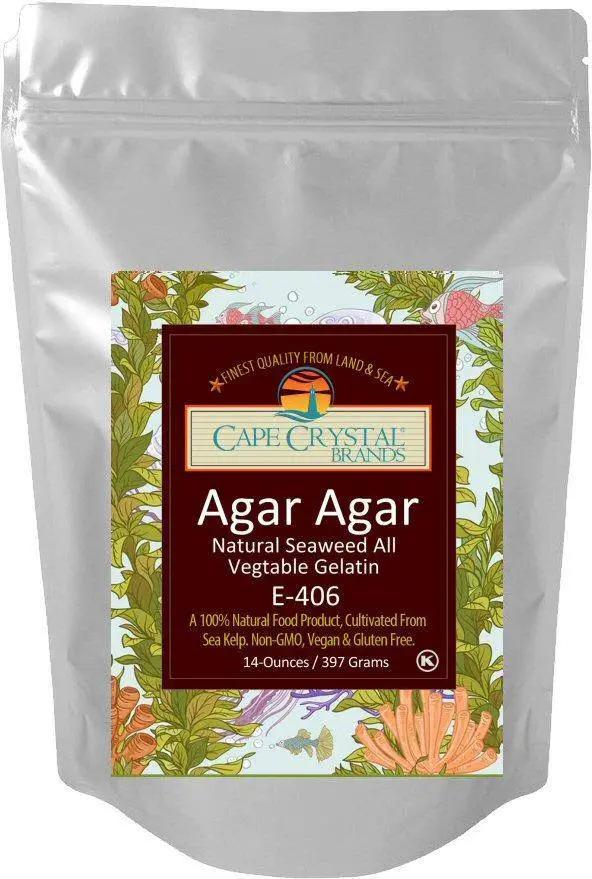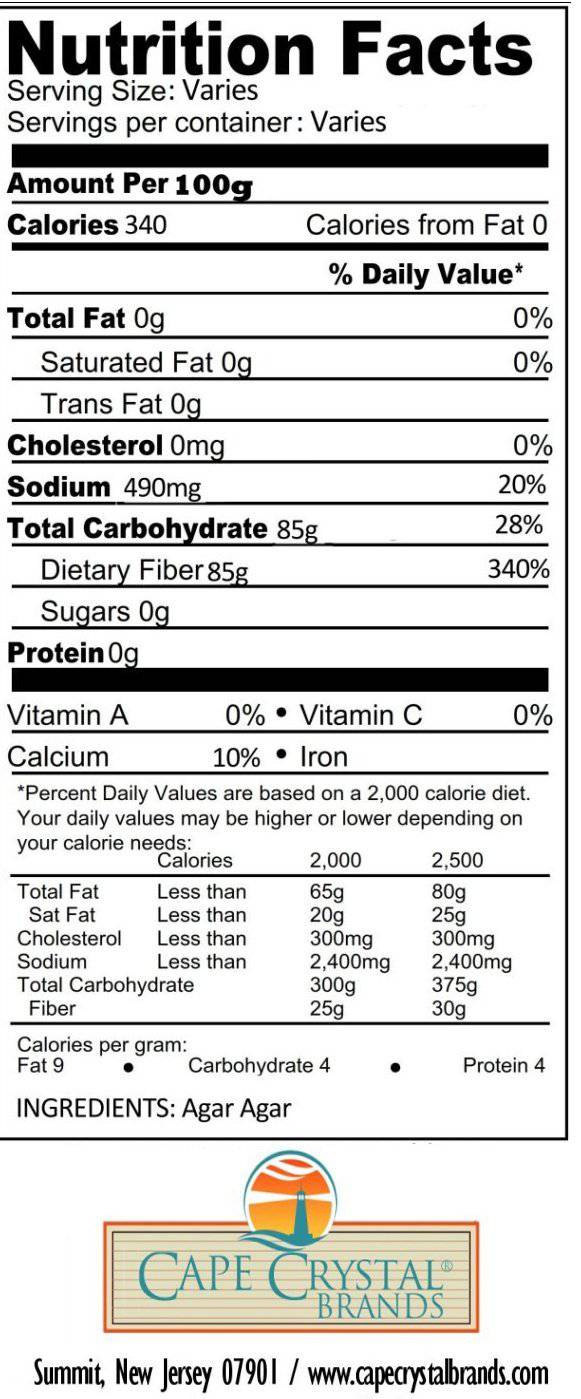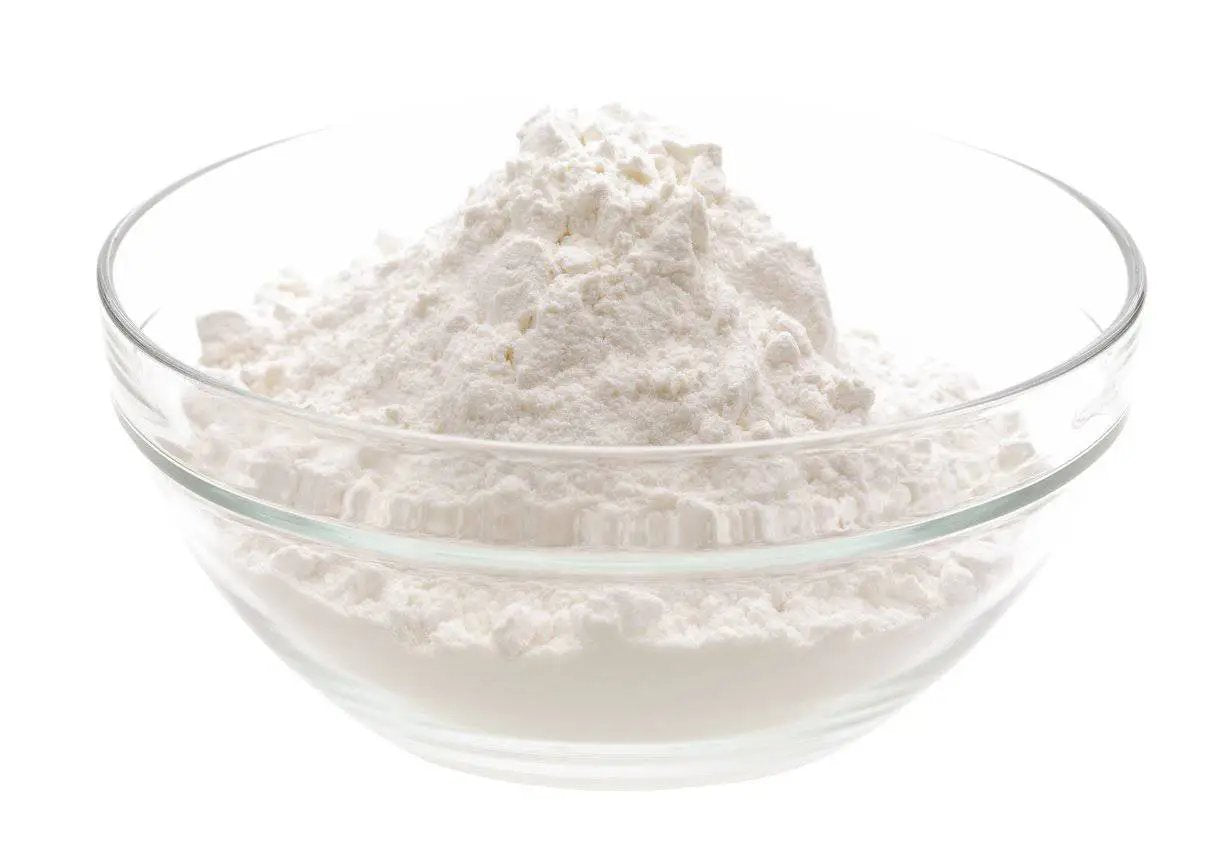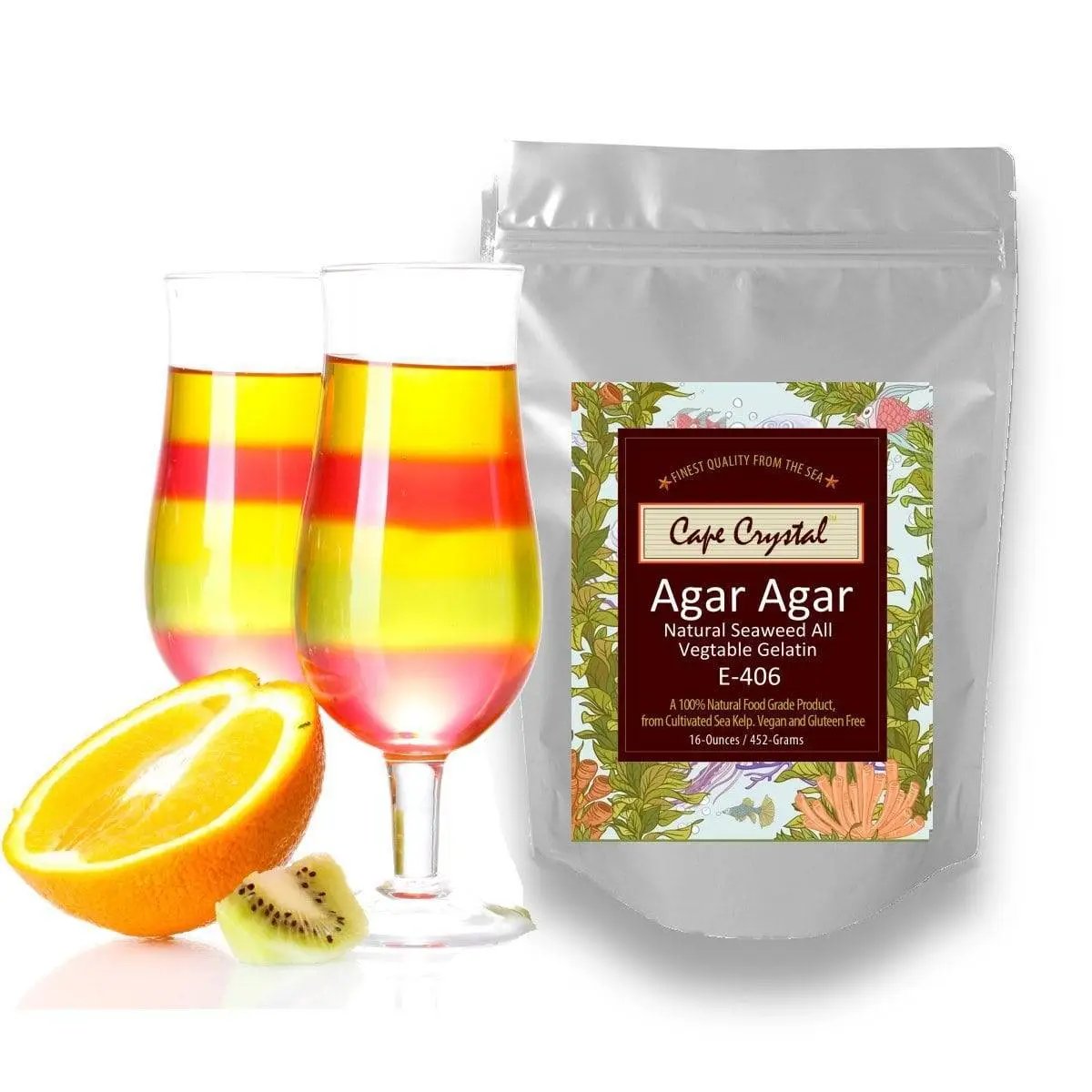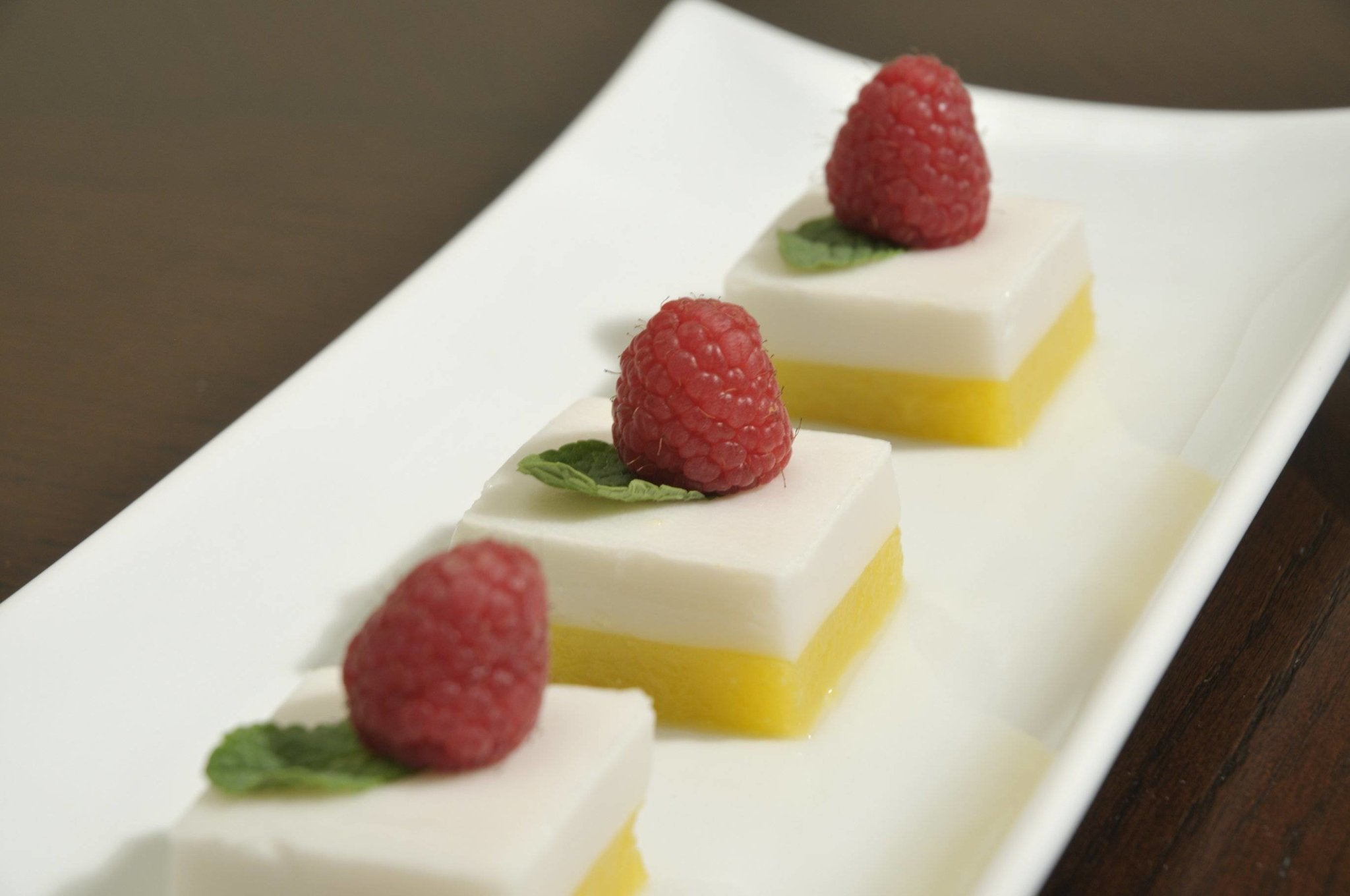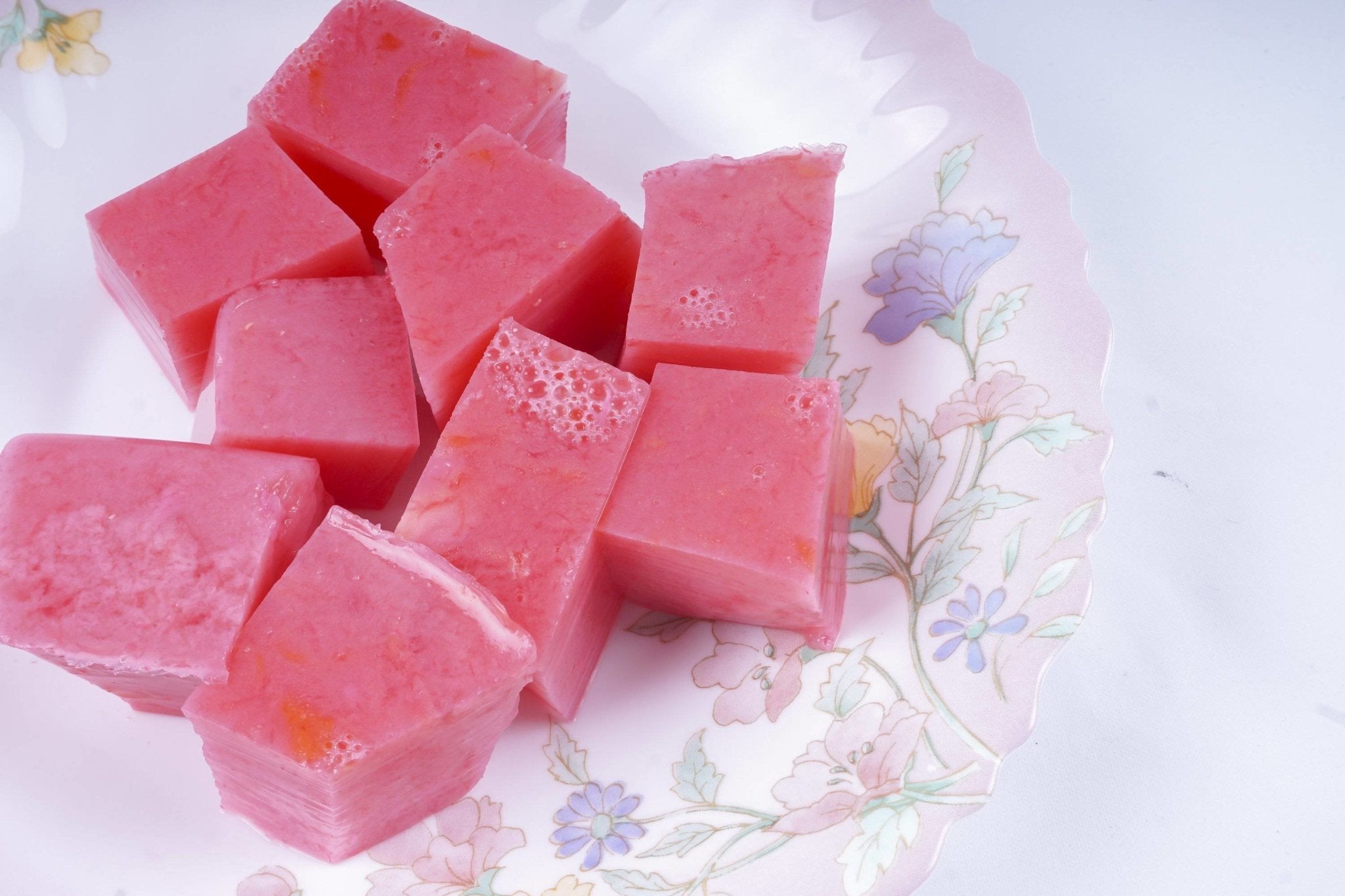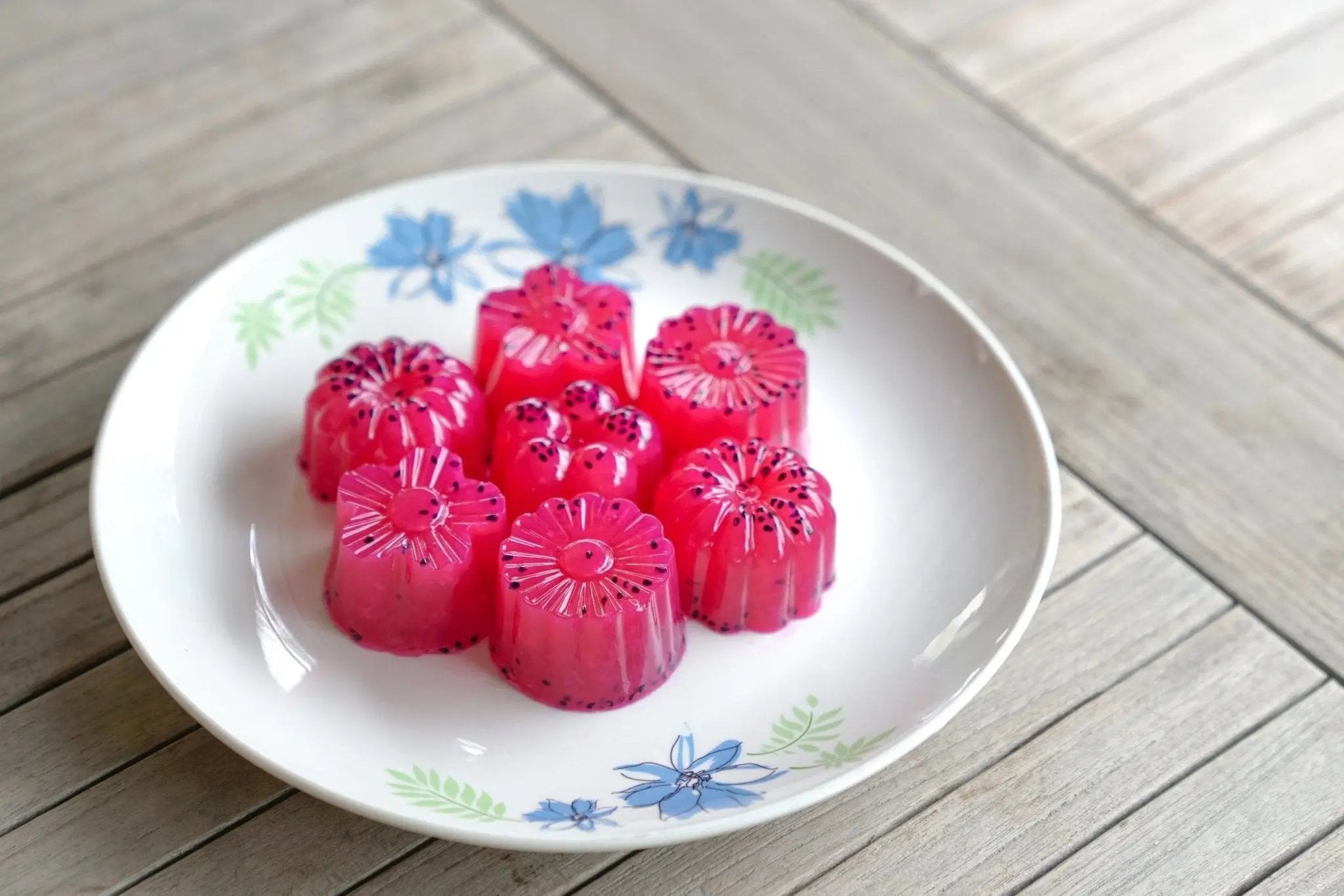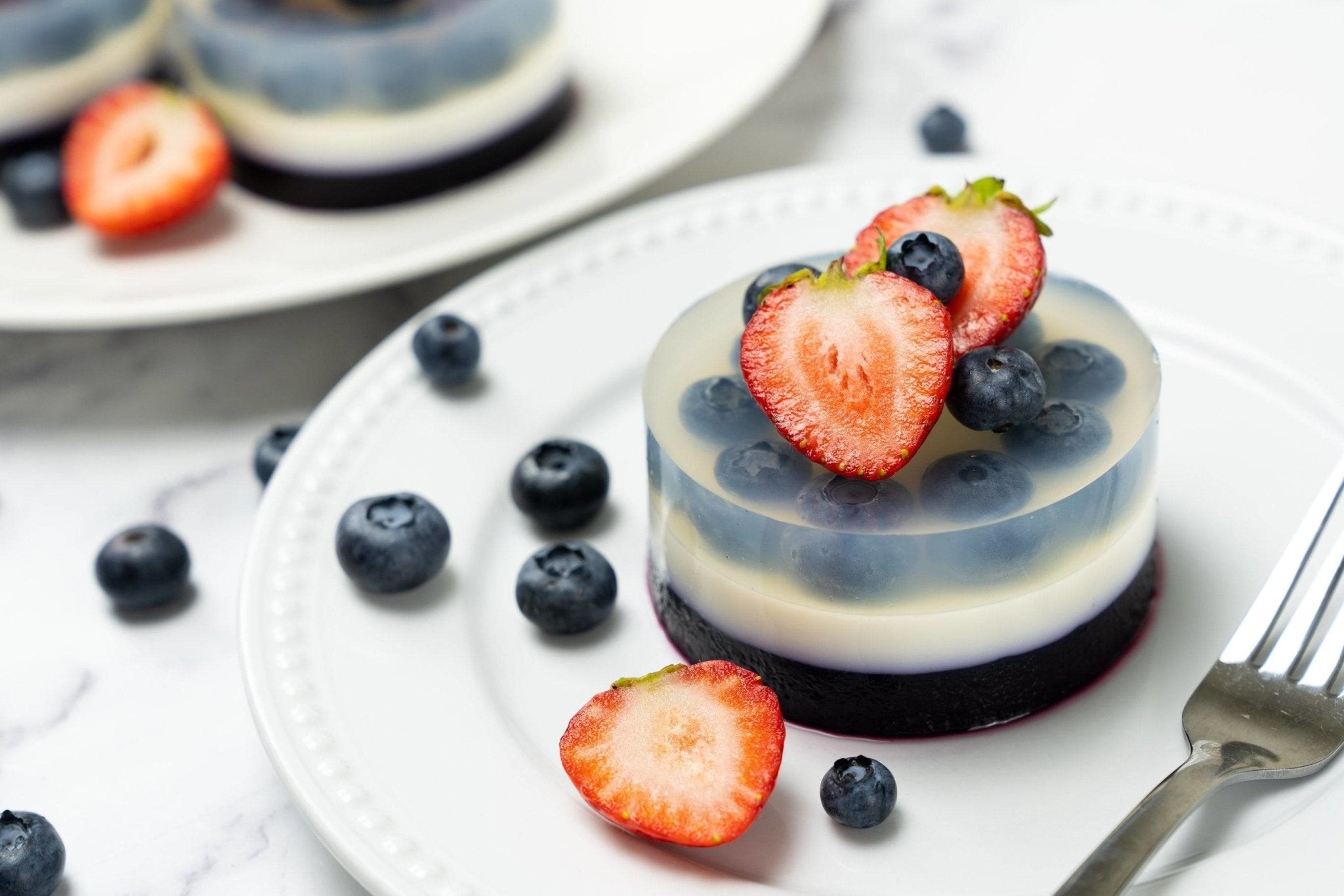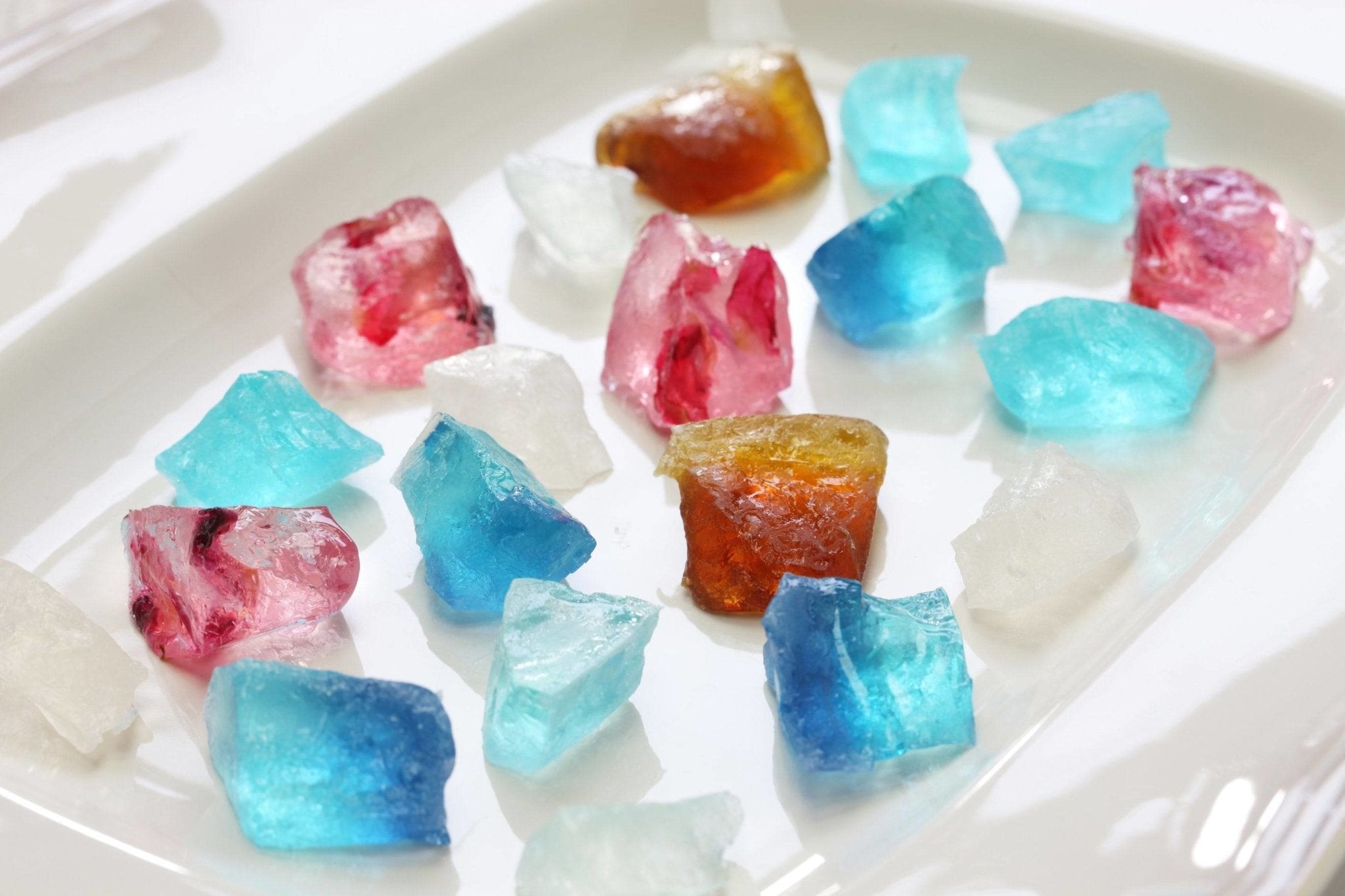
What is Arabic Gum? Overview, Uses, Benefits, Health Effects and More
SUBSCRIBE TO OUR BLOG
Promotions, new products, and recipes.
Gum arabic is derived from the sap of Acacia trees and has been used for centuries in food, art, and medicine offering various health benefits. In this comprehensive guide we will explain its origin, how it can be beneficial to us, and discuss some safety considerations when using arabic gum so that you have a complete understanding of what makes this versatile substance stand out.
Short Summary
-
Arabic gum is a complex carbohydrate extracted from two species of Acacia tree, with many beneficial health effects and uses in various industries.
-
It provides prebiotic effects and potential disease management agents, as well as stabilizing, emulsifying, and thickening properties for use in the food industry.
-
It has been deemed safe to consume up to 30g/day for 6 weeks. It is recommended to consult a healthcare professional before use.
Understanding Arabic Gum
 Arabic gum is a gum derived from the sap of two species of Acacia trees, namely Senegalia senegal and Vachellia seyal. It’s also known as acacia gum or gum acacia. This natural complex carbohydrate has been found to possibly reduce body fat percentage when consumed by humans, making it beneficial for health purposes.
Arabic gum is a gum derived from the sap of two species of Acacia trees, namely Senegalia senegal and Vachellia seyal. It’s also known as acacia gum or gum acacia. This natural complex carbohydrate has been found to possibly reduce body fat percentage when consumed by humans, making it beneficial for health purposes.
This product can be used in many industries such as food preparation, cosmetics production and art/crafts manufacturing due to its versatility, something that makes arabic gum particularly valuable on multiple levels.
Acacia Trees and Gum Production
Gum arabic, also known as acacia gum and sourced from Acacia Senegal and Acacia Seyal trees, has been an important commodity since ancient times. Gum arabic occurs as a sticky liquid that oozes from the stems and branches of acacia trees (Acacia senegal and A. seyal) which grow across the Sahelian belt of Africa, principally Sudan. It is obtained through a process of tapping that carefully removes sections of bark to prevent damage being done to the tree itself. This produces sticky nodules which are then collected manually based on coloration or size.
The molecular mass for gum arabic produced by each species differs somewhat. With average values at 240 kDa (Acacia seyal) and 580 kDa (Acaasia senegal). Differences can be observed in their compositions where Acaicia Seyal contains lower concentrations of rhamnose and glucuronic acid compared to its counterpart’s higher levels of arabinse glucose content. Overall these qualities continue making this substance highly sought after internationally – allowing certain African countries significant revenues generated via exports.
Chemical Composition
The different molecular weights of arabic gum are directly related to its composition. This complex makeup includes minerals such as calcium and magnesium salts along with a biopolymer made up of arabinose and galactose monosaccharides - all depending upon factors like tree species or climate/season. Owing to this chemical structure offering potential health benefits, it is employed for various functions due to its versatility.
Health Benefits of Arabic Gum
 Gum arabic is beneficial for a variety of health issues, having prebiotic properties and offering dietary fiber. Research shows that it can be used to treat medical conditions such as sickle cell anemia (especially helpful for those with the disorder), rheumatoid arthritis, metabolic disorders, periodontitis and gastrointestinal problems to kidney diseases. Its ability to act both as a source of nourishment while also promoting positive microorganisms makes arabic gum ideal when looking for ways to improve your overall wellbeing.
Gum arabic is beneficial for a variety of health issues, having prebiotic properties and offering dietary fiber. Research shows that it can be used to treat medical conditions such as sickle cell anemia (especially helpful for those with the disorder), rheumatoid arthritis, metabolic disorders, periodontitis and gastrointestinal problems to kidney diseases. Its ability to act both as a source of nourishment while also promoting positive microorganisms makes arabic gum ideal when looking for ways to improve your overall wellbeing.
Prebiotic Effects
Arabic gum is a complex carbohydrate that has been shown to act as an effective prebiotic, helping to nourish beneficial bacteria in the gut and stimulating their growth. This leads to greater production of short-chain fatty acids, which come with various health benefits including improved gastrointestinal function and immune system support. Overall well-being can also be seen from consuming this particular type of prebiotic due to its potential role in contributing towards better digestion on a whole. Examples such as Inulin, Fructooligosaccharides (FOS) and Galactooligosaccharides (GOS), all join arabic gum when referring to substances aiding healthy microbe populations within our bodies for increased general wellness effects!
Disease Management
For improved outcomes when using gum arabic therapeutically, it is recommended to focus on nanofomulation-based drug delivery systems paired with appropriately selected doses relative to each individual disease being treated. Also suggested is that extracting active compounds from this material can offer additional advantages in management of ailments, which drives research efforts looking at its possible medicinal uses over time.
Gum arabic presents itself notably promising due to many studies showing positive results toward alleviating painful symptoms across multiple illnesses yet more knowledge about how exactly it works needs to be acquired through investigation before any definitive conclusions are drawn or widespread applications made available medically speaking by governing bodies worldwide making this material worthy under close consideration while also excitingly encouraging ongoing development initiatives too!
Uses in Food and Other Industries
 Gum arabic has many advantages, including the fact that it can be used in multiple ways across different industries such as food, art and crafts. Its thickening properties make this gum beneficial for use in stabilizing emulsions and drugs. These characteristics create an opportunity to utilize Arabic gum’s health benefits effectively making its presence indispensable within various products and applications of today.
Gum arabic has many advantages, including the fact that it can be used in multiple ways across different industries such as food, art and crafts. Its thickening properties make this gum beneficial for use in stabilizing emulsions and drugs. These characteristics create an opportunity to utilize Arabic gum’s health benefits effectively making its presence indispensable within various products and applications of today.
Food Industry
In the food sector, arabic gum functions as a thickener, emulsifier and stabilizer similar to xanthan gum. It is seen in many items such as icings, fillings for candy that’s soft plus chewing gums. It serves as a gluten-free binder and prebiotic ingredient across some prepackaged products.
It has an array of uses including being used like Gomme syrup inside beverages where it helps stop sugar from crystallizing while giving off smooth texture at the same time.
Try Gum Arabic in Your Recipes
Pick up a packet of Cape Crystal Brands Gum Arabic. You will be glad you did.
Use our Hydrocolloid Calculator to get perfect gel ratios every time.
Art and Crafts
Gum arabic, or arabic gum, has a long tradition in art and craft applications. It is utilized as an emulsion when painting with watercolors to allow for greater control over the washes while extending the workability period. In ceramic crafting glazes are enhanced by mixing gum arabic into hot water prior to being added to it, which creates a more efficient solution.
Pharmaceutical and Cosmetic Applications
Acacia gum is widely used for its stability, emulsifying powers and thickening abilities in pharmaceuticals as well as cosmetics. It can also be found employed in biomedical fields where it helps control drug delivery too.
In the beauty industry, glycerin works to stabilize creams and shampoos giving them a pleasant silky finish while lotions benefit from added smoothness with facial masks or face powders taking advantage of Arabic gum's adhesive properties.
Side Effects and Safety Considerations
 For those looking to take arabic gum, it is important for healthy adult females and others alike to be aware of potential side effects that could arise. These can include flatulence, bloating, an unusual feeling in the mouth, early morning nausea as well as mild diarrhea or other digestive issues. Special populations should always keep a watchful eye on possible drug interactions so they are properly prepared when consuming gum arabic.
For those looking to take arabic gum, it is important for healthy adult females and others alike to be aware of potential side effects that could arise. These can include flatulence, bloating, an unusual feeling in the mouth, early morning nausea as well as mild diarrhea or other digestive issues. Special populations should always keep a watchful eye on possible drug interactions so they are properly prepared when consuming gum arabic.
Consumption Safety
Arabic gum appears to be safe when taken as a food or in doses of up to 30g/day for 6 weeks for medicinal purposes. It is recommended that people who are pregnant, breastfeeding, or have allergies should first consult with their healthcare provider before consuming arabic gum. No toxic effects nor side-effects were reported after trials done on this type of treatment. We can conclude that there does not appear to be any harmful risks associated with the use of arabic gum.
Drug Interactions
When taking arabic gum with certain drugs such as amoxicillin, it is important to be aware that the gum can interfere with absorption rates of these medications from the gastrointestinal tract. Research has shown this interaction between arabic gum and a variety of pharmaceuticals including amoxicillin.
If you are supplementing your diet with arabic gum along with other medicines, it’s advisable that you consult a healthcare professional for advice or information about potential interactions.
Precautions for Special Populations
Due to the lack of data regarding safety for pregnant or nursing women, and those who may have allergies to quillaja bark, it is essential that individuals consult with their physician before ingesting arabic gum. Likewise, any person known to be allergic should avoid consuming this substance altogether. Prior to undergoing surgical procedures, they must make sure their doctor knows about them having ingested Arabic gum beforehand.
Dosage and Supplementation
Consumption of arabic gum, in recommended amounts up to 30 grams a day for 6 weeks, is considered safe. It should be supplemented depending on individual needs and the purpose it will serve.
Recommended Daily Intake
Taking arabic gum supplements are recommended at a rate of 10 mg/kg per day, with doses as high as 15g being available. It’s important to ensure adequate hydration when consuming the supplement in order to avoid any potential adverse effects such as bloating, gas and diarrhea. Consuming higher than prescribed quantities can result in these same undesirable symptoms, so moderation should be practiced for maximum effect.
Tips for Use and Storage
In order to guarantee the most satisfactory results, it is recommended that arabic gum be kept in a sealed container away from heat and moisture when stored. Keeping arabic gum intact properly can preserve its freshness for up to two years. It’s essential for users of this substance to bear these storage tips in mind so they are able to take advantage of its benefits fully and over an extended period.
Recipes and Incorporating Arabic Gum into Your Diet
![]() The incorporation of arabic gum into a person’s diet can be achieved through numerous recipes and uses in food items, such as confectionery products, beverages and the fortification of dietary fiber. Eating this special gum presents potential health benefits that should not be overlooked alongside its versatile nature when used within the food industry.
The incorporation of arabic gum into a person’s diet can be achieved through numerous recipes and uses in food items, such as confectionery products, beverages and the fortification of dietary fiber. Eating this special gum presents potential health benefits that should not be overlooked alongside its versatile nature when used within the food industry.
Thus eating it could represent a sensible choice with multiple advantages to offer consumers who value their wellbeing by investing in nutrition quality ingredients for an improved lifestyle overall.
Summary
Arabic gum is an extremely versatile and valuable resource that comes from the sap of Acacia trees. With its unique chemical composition and a variety of applications in areas such as food production, art projects, health care products or cosmetics - it has proven to be crucial for today’s society. By including it into your diet, you may benefit from its prebiotic effects while helping with potential diseases management. In order to ensure safety, however, please make sure that before consuming this product you have consulted any healthcare specialists, particularly if pregnant/breastfeeding or known allergies are present. For anyone looking forward to discovering more about arabic gum, we recommend consulting different sources for proper guidance!
Frequently Asked Questions
What is arabic gum used for?
Gum arabic, a polysaccharide and glycoprotein combination which is widely used as an emulsifier, binder, thickener and stabilizer in culinary applications along with traditional medicinal practices, provides various health benefits. Chewing gum products for instance contain this substance that makes them more elastic, leading to its multitude of other uses like icing filling or candy making processes.
What is a substitute for arabic gum?
The two most flexible options when it comes to substituting arabic gum are guar and xanthan gums. Both of these serve as useful alternatives for the former.
Is gum arabic healthy?
Gum arabic, when taken in food amounts, may be safe and can reach up to 30g a day for six weeks. Potential rewards of its use could include an increased number of probiotic bacteria, enhanced satiety levels as well as slowed gastric emptying, all potentially aiding appetite regulation and weight control.
What is arabic gum made of?
Gum arabic, also known as gum acacia, is a resin from two species of Acacia tree: Acacia senegal and Acacia seyal. The hardened sap used to create this product contains galactose and arabinose sugars which are ground into a powder form for use.
It can be classified into two varieties - hard gum taken from an Acasia senegal tree that has lighter hue making it more expensive or friable sort obtained through harvesting the saps generated by its cousin plant – Acasia seyal.
What is the best way to consume arabic gum?
To get the most benefit, gum arabic should be included in beverages and foods as an instant powder to which sugar can be added for desired sweetness.


|
About the Author Ed is the founder of Cape Crystal Brands, editor of the Beginner’s Guide to Hydrocolloids, and a passionate advocate for making food science accessible to all. Discover premium ingredients, expert resources, and free formulation tools at capecrystalbrands.com/tools. — Ed |
- Choosing a selection results in a full page refresh.

















